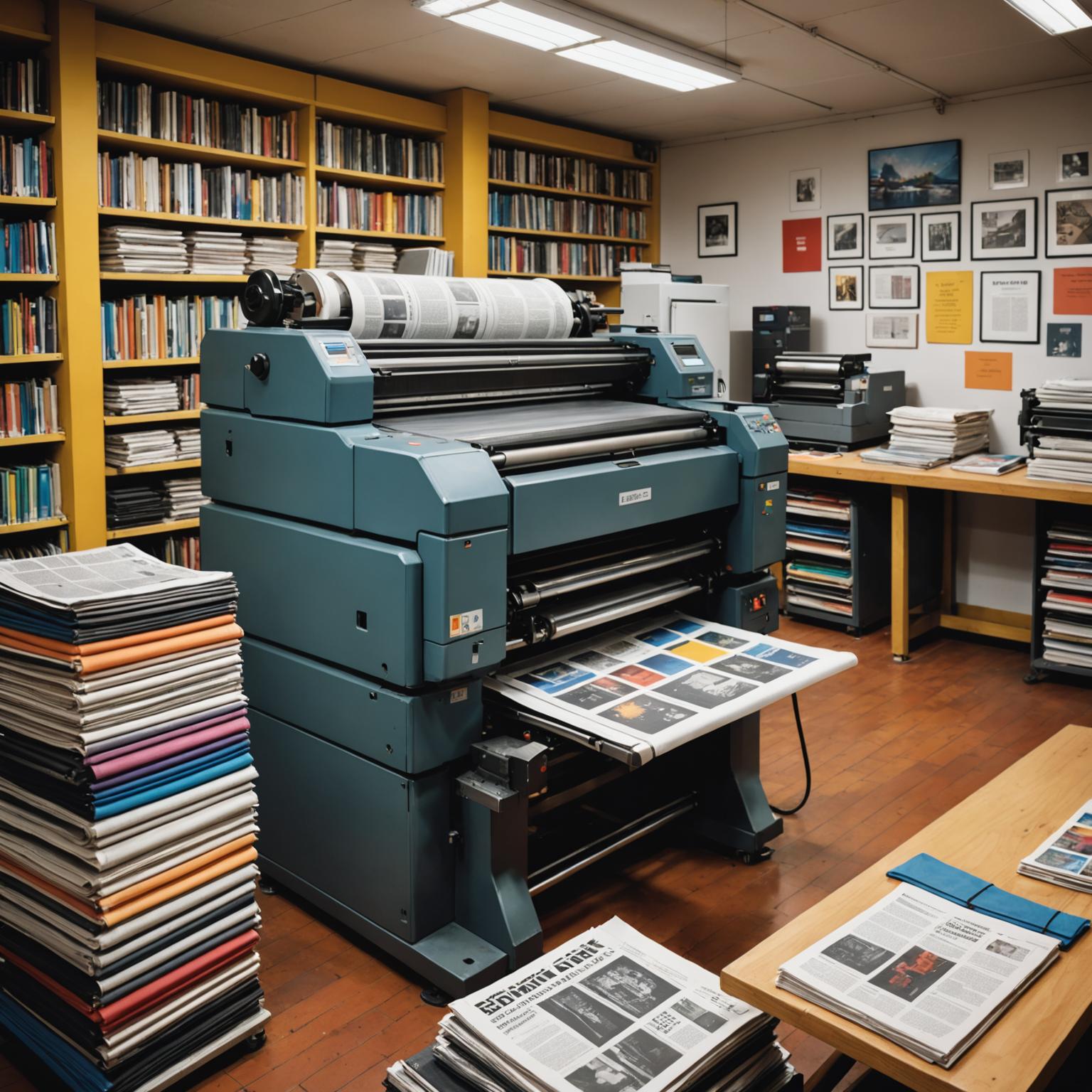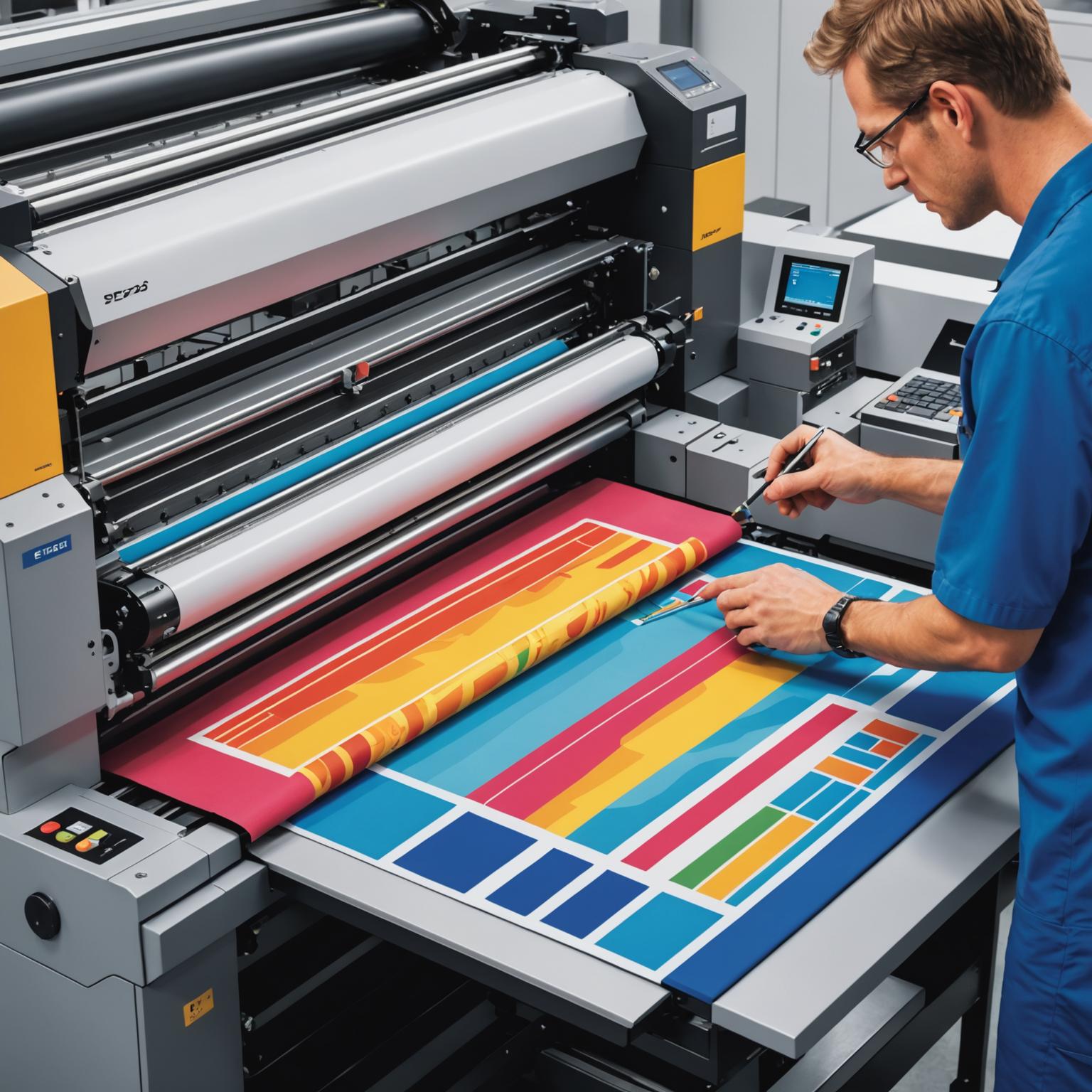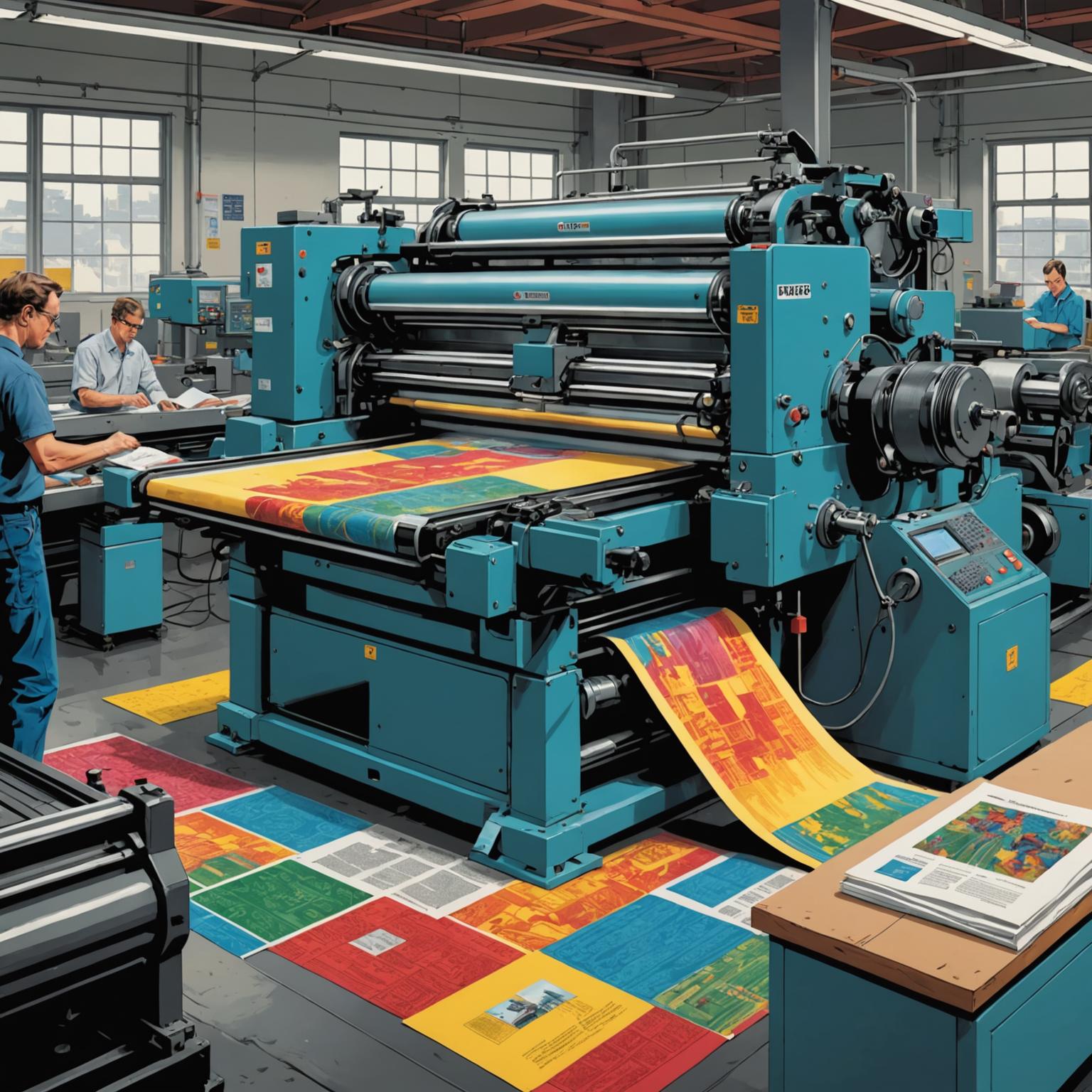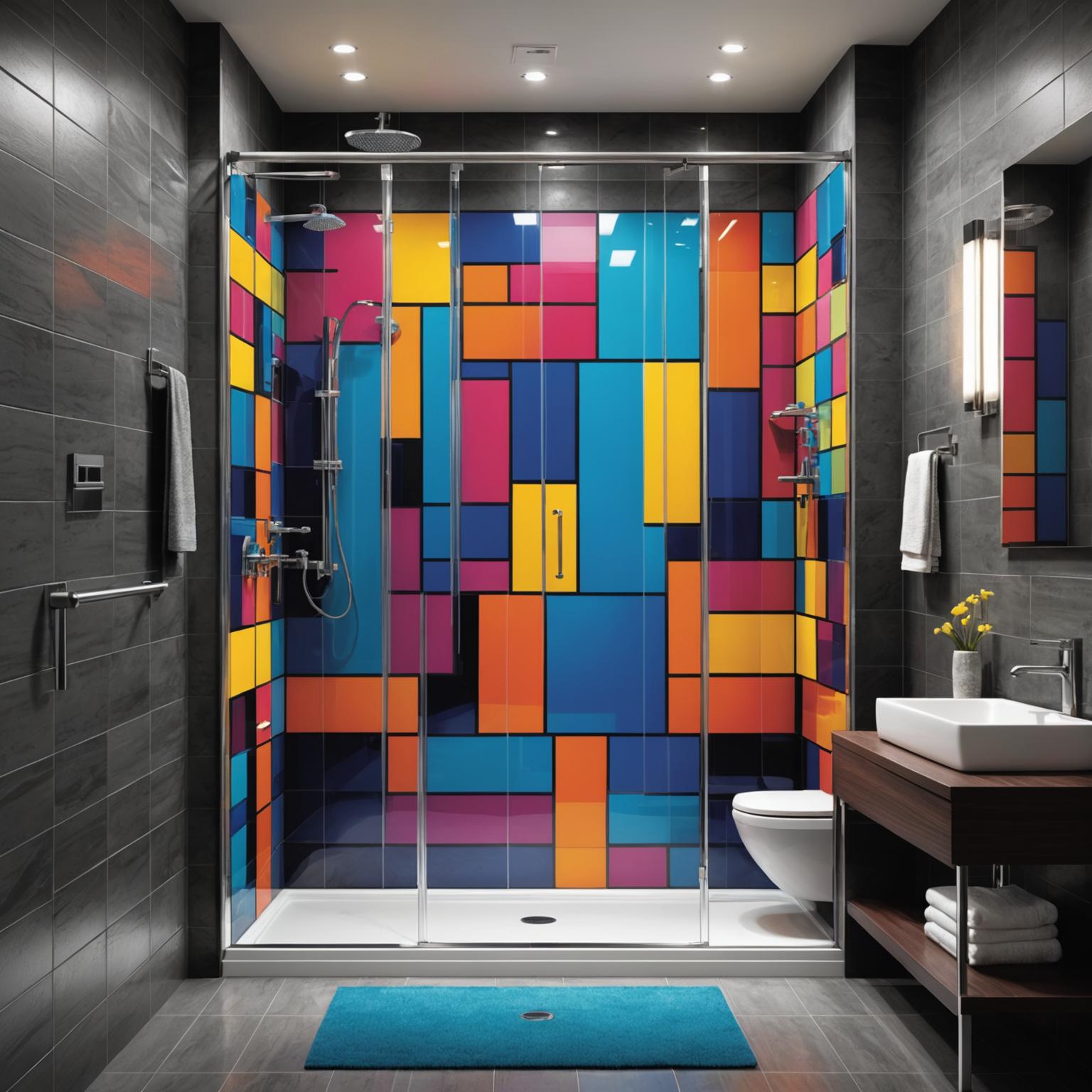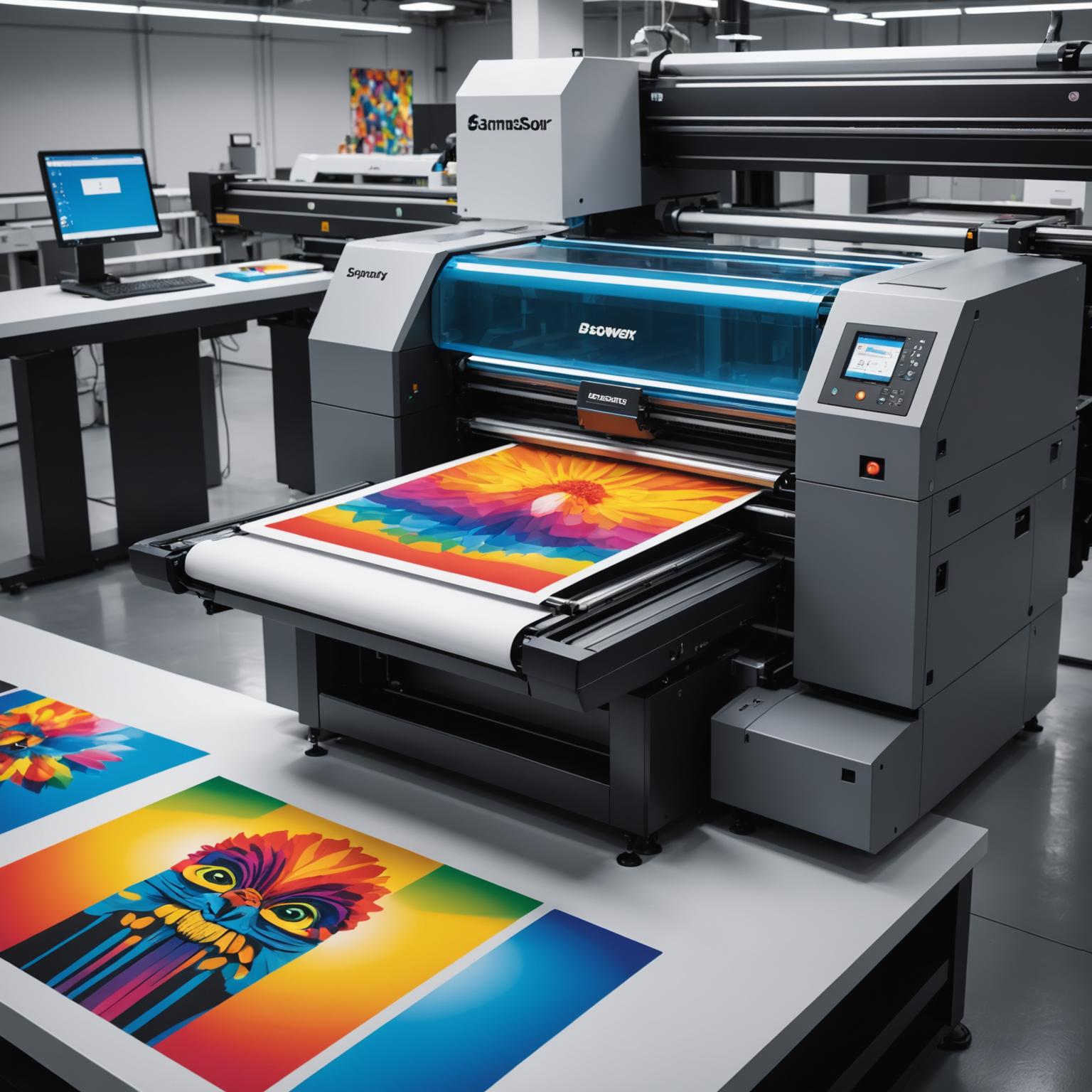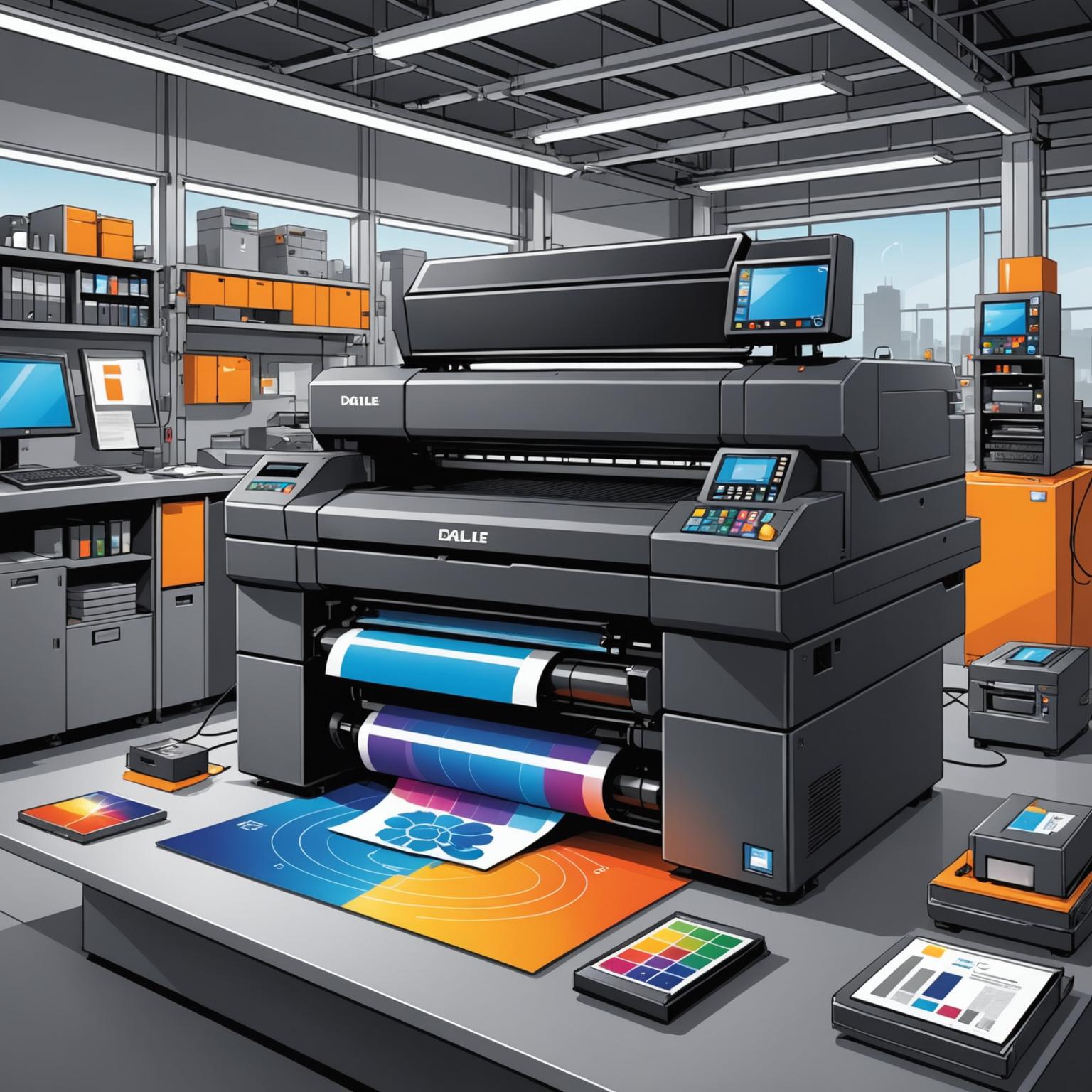In the bustling aisles of a supermarket or the endless scroll of an online store, products have mere seconds to capture a consumer's attention. For a product as ubiquitous as wet tissues, the packaging is the primary battlefield for brand differentiation, and at its heart lies the wet tissue label design. This crucial element is far more than a simple sticker; it is the product's face, its first handshake, and its silent salesperson, tasked with conveying purpose, quality, and trust in a single glance. A successful design seamlessly blends aesthetics with practicality, creating an experience that begins long before the first wipe is pulled.
The Silent Language of Color and Imagery
The visual journey of a consumer often starts with color. The palette chosen for a label is a powerful, non-verbal communicator of the product's intended use and emotional appeal. For baby wipes, the design language speaks in soft pastels—gentle blues, tender pinks, and calming yellows—that evoke feelings of safety, purity, and care. In stark contrast, antibacterial or cleaning wipes often employ vibrant, energetic hues like bright green, electric blue, or zesty orange to signal strength, freshness, and germ-killing efficacy. Imagery works in tandem with color to reinforce this message. A photograph of a smiling, happy baby creates an instant connection with parents, while a gleaming surface or a splash of clear water can communicate a promise of cleanliness and rejuvenation. These visual cues are processed instantly, telling a story about the product's benefits without a single word being read.
Clarity in Communication: Typography and Layout
Once the colors and images have drawn the eye, the typography and layout must deliver information with absolute clarity. The choice of font plays a subtle but significant role. A rounded, playful typeface might be perfect for a children's product, suggesting fun and gentleness. Conversely, a clean, modern sans-serif font can convey a sense of clinical precision or minimalist sophistication, suitable for cosmetic or disinfecting wipes. Just as important is the information hierarchy. A well-executed wet tissue label design ensures the brand name is prominent, followed closely by the core benefit, such as "Extra Gentle," "99% Pure Water," or "Kills 99.9% of Bacteria." Secondary information, including the wipe count, key ingredients, and dermatological testing seals, should be organized logically and legibly, guiding the customer's eye without creating a sense of clutter.
Beyond the Visuals: Material and Practicality
A label on a pack of wet tissues serves a critical functional purpose that directly impacts user experience. The design process must extend to the material science of the label itself. It needs to be crafted from a durable, waterproof material that can withstand constant moisture and handling without peeling, fading, or smudging. The most crucial functional aspect is the resealable opening. The adhesive must be perfectly engineered—strong enough to maintain an airtight seal that prevents the wipes from drying out, yet pliable enough to be opened and closed dozens of times with ease. A label that fails, either by tearing or losing its stickiness, leads directly to product waste and customer frustration, tarnishing the brand's reputation for quality.
Weaving a Narrative: Connecting with Your Customer
Ultimately, an effective label design weaves all these elements—color, imagery, text, and material—into a cohesive brand narrative. It answers the consumer's unspoken questions: Is this product safe for my family? Will it solve my problem effectively? Is this a brand I can trust? The design transforms a disposable commodity into a reliable tool, whether it's for caring for a newborn, quickly cleaning up a spill, or refreshing oneself during a busy day. It creates an emotional resonance and a sense of confidence that encourages not just the first purchase, but also long-term loyalty, proving that great design is an investment in the entire customer relationship.


